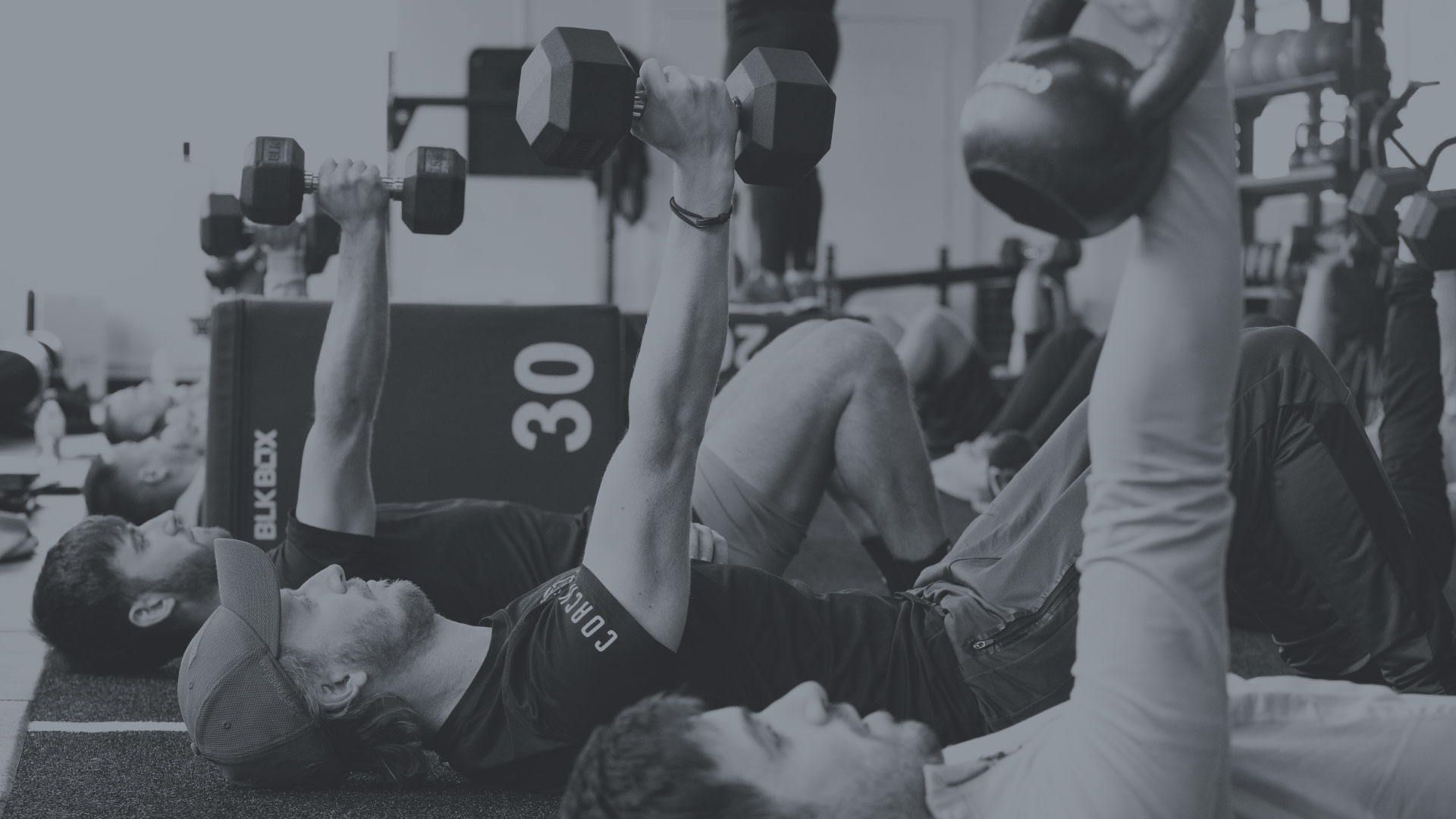The Importance of Rest Days in Training Routines
Introduction
As a fitness enthusiast, it is easy to get carried away in the pursuit of pushing your own limits, and so rest days become something which get overlooked. It is important to note though that the equation for growth is not just stress = growth. Instead, it is stress + rest = growth. Rest is completely necessary for growth. This article will break down why rest days are essential for anyone wanting to maintain a consistent and long lived training routine. It’ll then look at active rest days and how these may be beneficial if you’re not the type to take a day off.
Why are Rest Days Needed?
The main goal of training is to impose some stress onto our bodies; an intentional stress which encourages our muscles to recover and grow stronger. However, this growth actually happens during periods of rest. This is when the body adapts to stress, repairs its tissue and essentially strengthens itself to handle more load or stress in the future. Furthermore, rest days can be good for mental recovery and provide a well needed reset.
Ignoring your body and not getting enough rest can lead to the following possible outcomes.
- Mental Burnout: Diminishes motivation, drive and focus.
- Injuries: Increased risk due to overtraining.
- Fatigue: Which can affect your work life.
- Performance Decrease: When the body is pushed too hard, it may lead to a drop in performance.
- Muscle Loss: Overworking and undereating may lead to muscle loss as the body starts to consume muscle tissue for fuel.
- Poor Sleep: Not getting enough rest can affect the quality and patterns of your sleep, which may affect your overall recovery.
- Hormone Imbalance: Not getting sufficient rest can lead to hormone imbalances, and menstrual cycle disturbances in women.
What are Active Rest Days?
Having a rest day does not necessarily mean that you do nothing or no exercise. An active rest day is one in which you keep movement in your day, and even some exercise, just without the intensity element of a normal training day.
An active rest day should engage the body without the pressure of hitting times, numbers or heart rate targets. In many cases, active rest days can be more social based, or done alone for a bit of a mental reset as well as physical. We’ll now break down some suggestions for active rest days which you might want to try!
Outdoor & Social Activities
- Taking a walk.
- Water sports such as surfing or wakeboarding.
- Playing frisbee.
- Playing outside with your children.
Wellness Activities
- Massage
- Yoga or Mobility workout
- Meditating or Journaling.
Getting ahead of the week
You can also use the dedicated ‘active rest’ time to catch up on grocery shopping, meal prepping, running errands, cleaning the house or doing laundry. In our busy lives, we often don’t set aside dedicated time for ad hoc tasks, so why not make the most out of a blocked out rest day and use the time you would’ve spent training to get ahead of the next week!
Conclusion
This article has presented the importance of rest days in any training routine. Rest days should be a factor that is programmed by those training on their own or by personal trainers into their clients’ training routines from the start. If you want to learn more about optimal training methodologies, then be sure to check out our level 3 personal trainer course.








